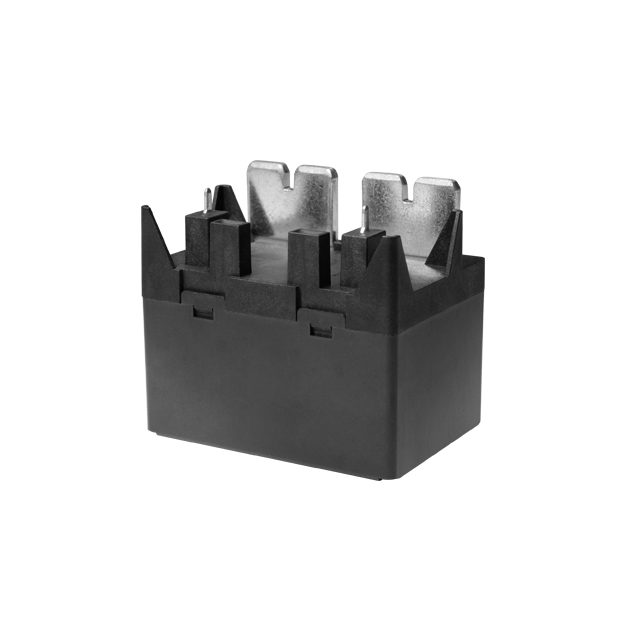Relays are integral components in electrical systems, responsible for controlling circuits and ensuring the proper functioning of various equipment. While relays perform essential operational roles, their safety features are equally important, providing protection against electrical faults, preventing damage to systems, and ensuring the safety of both personnel and equipment. This article explores the key relay safety features, which play a vital role in enhancing the reliability and longevity of electrical installations.

1. Overcurrent Protection One of the primary safety functions of relays is to provide overcurrent protection. Relays designed for this purpose, such as overload relays, monitor the current flowing through a circuit. When the current exceeds a predetermined threshold, the relay trips, interrupting the flow of electricity and preventing overheating or damage to the system. This feature is especially crucial in preventing fires and minimizing the risks associated with excessive current, which can cause significant harm to electrical components and wires. 2. Overvoltage Protection In many electrical systems, overvoltage can lead to severe damage to sensitive equipment. Relays with overvoltage protection capabilities help safeguard electrical circuits by disconnecting the load if the voltage exceeds a safe limit. This protection ensures that devices like motors, transformers, and sensitive electronics are not exposed to voltage levels that could compromise their functionality or lifespan.